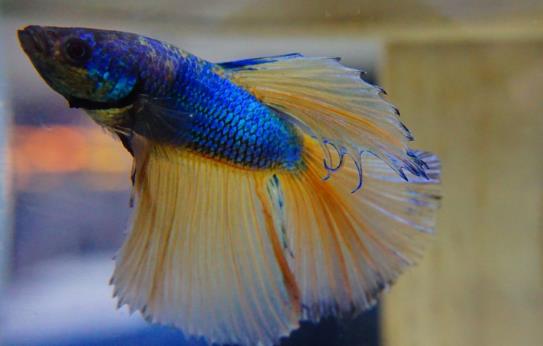Female betta fish possess the following distinctive characteristics, which can be identified through multiple dimensions:

1. Body Shape and Abdominal Features
Rounded and Plump Body: Compared to male bettas, female bettas have a more rounded body shape. Their abdomens are often swollen, and this swelling becomes particularly prominent during the breeding season to accommodate fish eggs.
Abdominal Color: The abdomen is usually pale and distended, creating a stark contrast with the flat abdomen of male bettas.
2. Fin Morphology
Shorter Fins: The dorsal fins, anal fins, and caudal fins (tail fins) are relatively short, lacking the sleek and flowing appearance of male bettas' fins.
Differences in Pectoral Fins: The tips of female bettas' pectoral fins may have thread-like structures, but overall, their pectoral fins are smaller than those of males.
3. Reproductive Organs and Body Color
Reproductive Pore: A distinct whitish-yellow reproductive pore (ovipositor) can be seen between the pelvic fins and anal fins, appearing as a small dot-like structure.
Paler Body Color: Female bettas typically have a duller body color compared to males, with soft color tones. However, their color may temporarily become more vivid under stress.
4. Behavioral and Breeding Characteristics
Breeding Season Behavior: Mature female bettas exhibit courtship behaviors such as "Z"-shaped swimming, and their abdomens become even more distended during this period.
Visible Eggs: When carrying eggs (gravid), the abdomen becomes translucent, allowing the internal eggs to be observed.
By comprehensively observing the above characteristics, male and female betta fish can be accurately distinguished. For further comparison, reference to image sets can be used to assist in identification.
